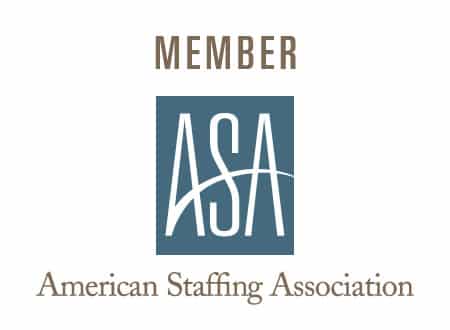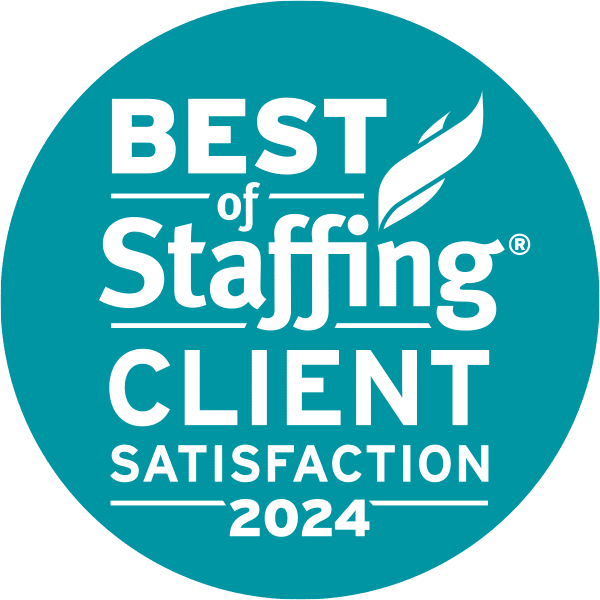Keeping up with changes in Occupational Safety and Health Administration (OSHA) regulations is a tough, yet essential, part of running a successful business.
Wood Personnel wants to make it a little easier for you!
Today, we’re providing a brief informational review of OSHA’s new rules on recordkeeping, which went into effect on January 1, 2015. The revisions significantly expand the rule’s reach, while placing additional burdens on employers to report their workplace injuries and illnesses.
Here’s what you need to know:
- The way OSHA determines industry exemption has changed. Previously, OSHA used the Standard Industrial Classification (SIC) system, as well as injury and illness data from the Bureau of Labor Statistics, to create its list of exempt industries. The new OSHA rule relies on North American Industry Classification System (NAICS) codes and brings previously exempted employers under its coverage. Use your NCAIS code to check your exemption status and determine if your organization is included in the new requirements.
- 10 is the magic number. The new rule retains the exemption for employers with 10 or fewer employees – regardless of NAICS code – from the requirement to keep routine records.
- Reporting requirements have changed. Under the new regulation, all employers must report all work-related fatalities within eight hours. In addition, employers must report all work-related inpatient hospitalizations, all amputations and all losses of an eye within 24 hours.
Work with your staffing agency to create a safer environment.
As the employer of record for our temporary and contract employees, it’s our job to work with your organization in providing a safe working environment for contingent workers:
- Before an assignment starts, communicate your safety plans to us so that we can agree upon mutual responsibilities for ensuring compliance with required safety standards.
- Together, we can determine needed training, required safety equipment and essential information to provide to contingent workers, so that they are aware of hazards specific to your workplace and know what steps to take to avoid accidents or incidents.
- If your organization is not exempt from OSHA’s new recordkeeping rule, record all occupational illnesses and injuries for contingent workers and inform us anytime one of our employees sustains an injury on the job.
Job safety and recordkeeping compliance should be top priorities for every employer. To learn more about how you can create a safer workplace, read these earlier posts:
Practical job safety tips for Middle TN employers
Co-employment workplace safety facts
And for safe, reliable, productive workers, give Wood Personnel a call.


